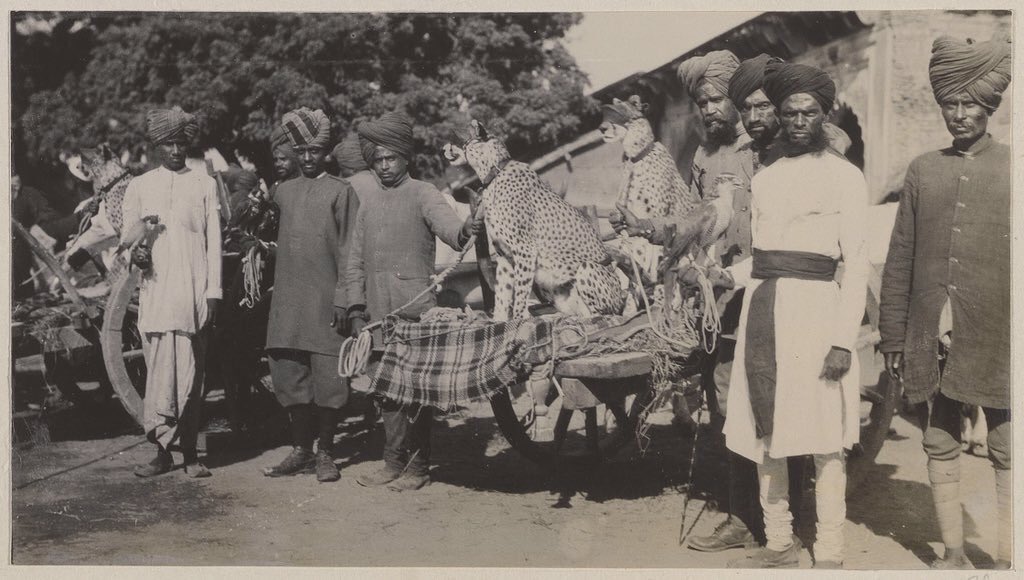Bhubaneswar: India will again hear the growls and purrs of cheetahs after 70 years with Prime Minister Narendra Modi releasing five females and three male carnivores, brought in a customized Boeing 747-700 jumbo aircraft from Namibia, at Kuno National Park in Madhya Pradesh on Saturday, which coincides with his ninth birthday in office.
“It is unfortunate that we declared Cheetahs extinct from the country in 1952, but for decades no meaningful effort was made to rehabilitate them. Today, as we celebrate Azadi ka Amrit Mahotsav, the country has started rehabilitating Cheetahs with new energy,” the PM said.
Radio collars have been strapped on all the cheetahs to be monitored through satellite.
The wait is over🙏🙏
The good will Ambassodor from Namibia-Cheetah-in it’s new home 💕 pic.twitter.com/3jvZNed9CW— Susanta Nanda IFS (@susantananda3) September 17, 2022
Those released, however, are African cheetahs. The Asiatic cheetah became extinct in India in 1952 and only a few are left in Iran. Compared to African cheetahs, those found in Asia are slightly smaller with thicker coats. The neck is much smaller and longer. Their legs are also slender, which has led many to believe that they could be much faster than their African cousins. However, no data is available to confirm this theory.
Sports hunting, overhunting, and habitat loss had led to them being completely wiped out of India. The last of the lots were hunted, maimed and domesticated for hunting parties. India’s last three cheetahs were believed to have been killed by Maharaja Ramanuj Pratap Singh Deo, King of Koriya (Chhattisgarh) in 1947.
Not only cheetah but most of the charismatic animals were hunted in those days by kings and britishers. Until the Wildlife Protection Act 1972 was passed it was very late. Cheetah were already extinct from India. Footage is archive of Wilderness Films India Ltd. 3/3 pic.twitter.com/tlX46F4EXo
— Parveen Kaswan, IFS (@ParveenKaswan) September 16, 2022
All three cheetahs were adults of similar measurements of 6 feet 4-5 inches, and all were hunted at night. His private secretary had submitted a picture of the same to Bombay Natural History Society V.47 (1947-48), IFS Praveen Kaswan said in a series of tweets, which went viral.
When #Cheetah are coming back to #India. A look at how the last of the lots were hunted, maimed and domesticated for hunting parties. Video made in 1939. 1/n pic.twitter.com/obUbuZoNv5
— Parveen Kaswan, IFS (@ParveenKaswan) September 16, 2022
“Historical records suggest that cheetahs were in least conflict with humans. Rather they were domesticated and used by hunting parties widely. Even some used to call them ‘hunting leopards’,” he added.

It is believed that there were around 10,000 Asiatic cheetahs in India. They were hunted in central India, particularly in Gwalior and Jaipur states. Around 230 still exited between 1799 and 1968.
Historical record suggests cheetah were in least conflict with humans. Rather they were domesticated and used by hunting parties widely. Even some used to call them ‘hunting leopards’. 2/n pic.twitter.com/YHKpHFFHpY
— Parveen Kaswan, IFS (@ParveenKaswan) September 16, 2022
According to ‘The End of a Trail – The Cheetah in India’, a book authored by Divyabhanusinh, the former vice-president of the Bombay Natural History Society (BNHS), Mughal emperor Akbar had 1,000 cheetahs in his menagerie and these animals were used for hunting blackbucks and gazelles. Akbar’s son Jahangir is said to have caught more than 400 antelopes by cheetah coursing in the pargana of Pala. The first cheetah was bred in captivity during his reign.
In the 1970s, India started negotiations with the Shah of Iran to bring Asiatic cheetahs to India in exchange for Asiatic Lions. In 2009, however, it was decided that African cheetahs would be used for introduction in India. While the first batch consisted of 8 cheetahs, 50 more will be reintroduced in the next 5 years.


Comments are closed.